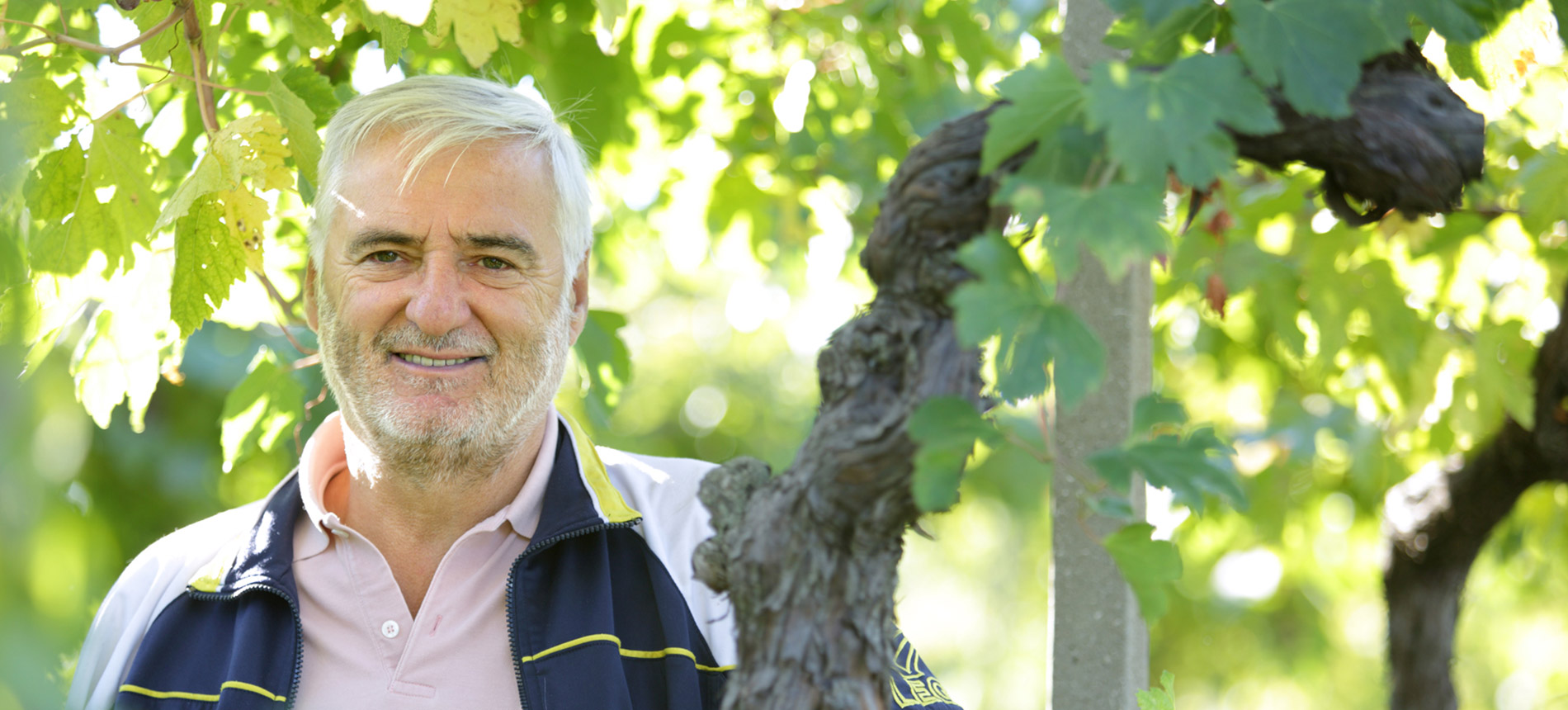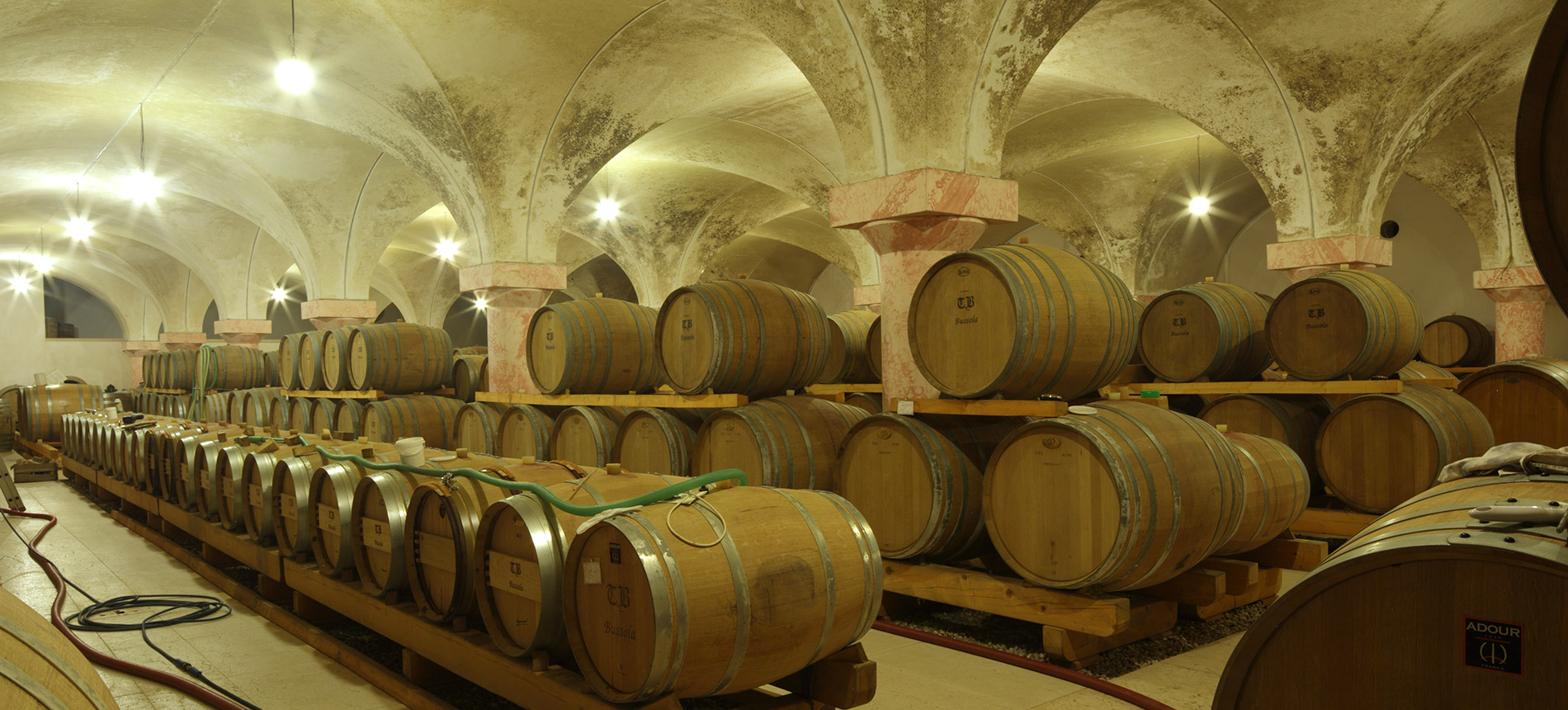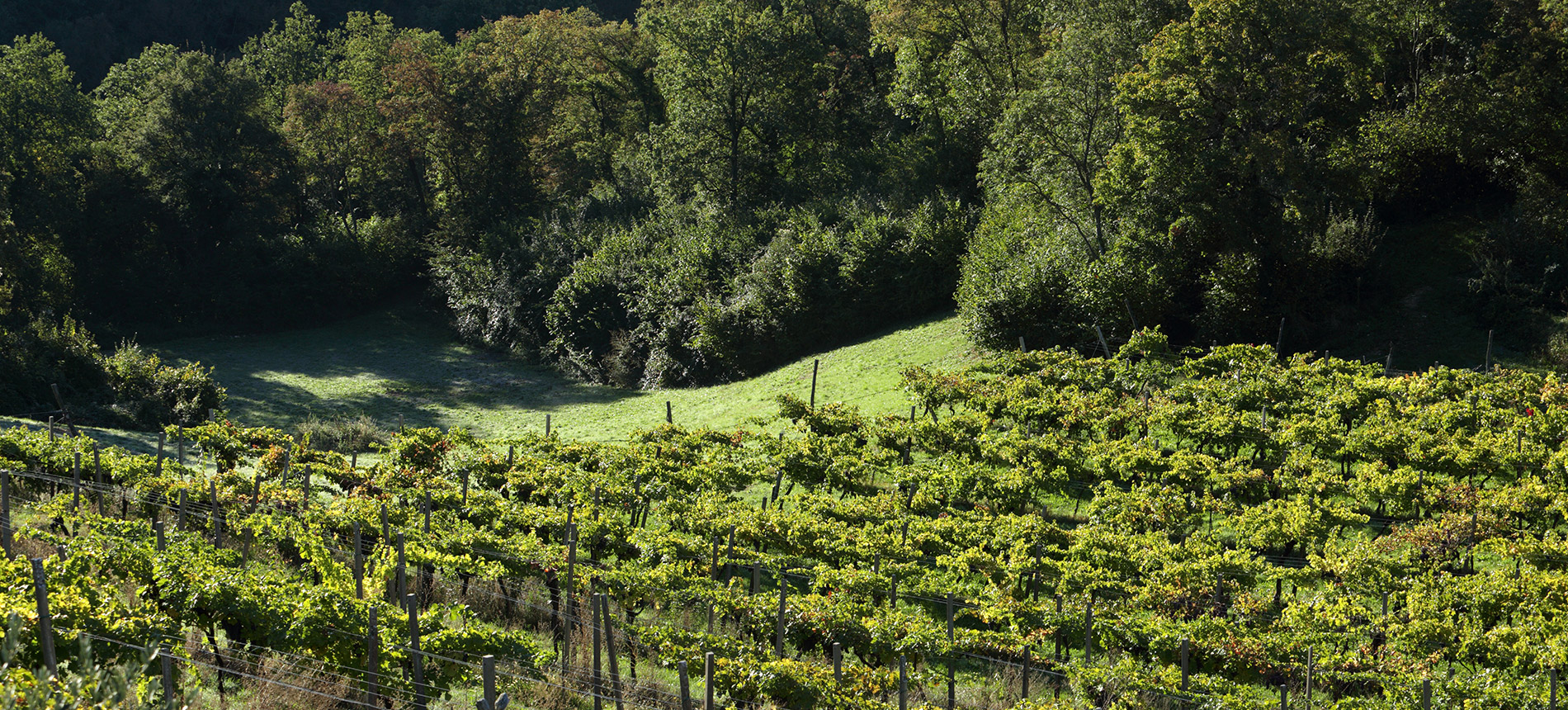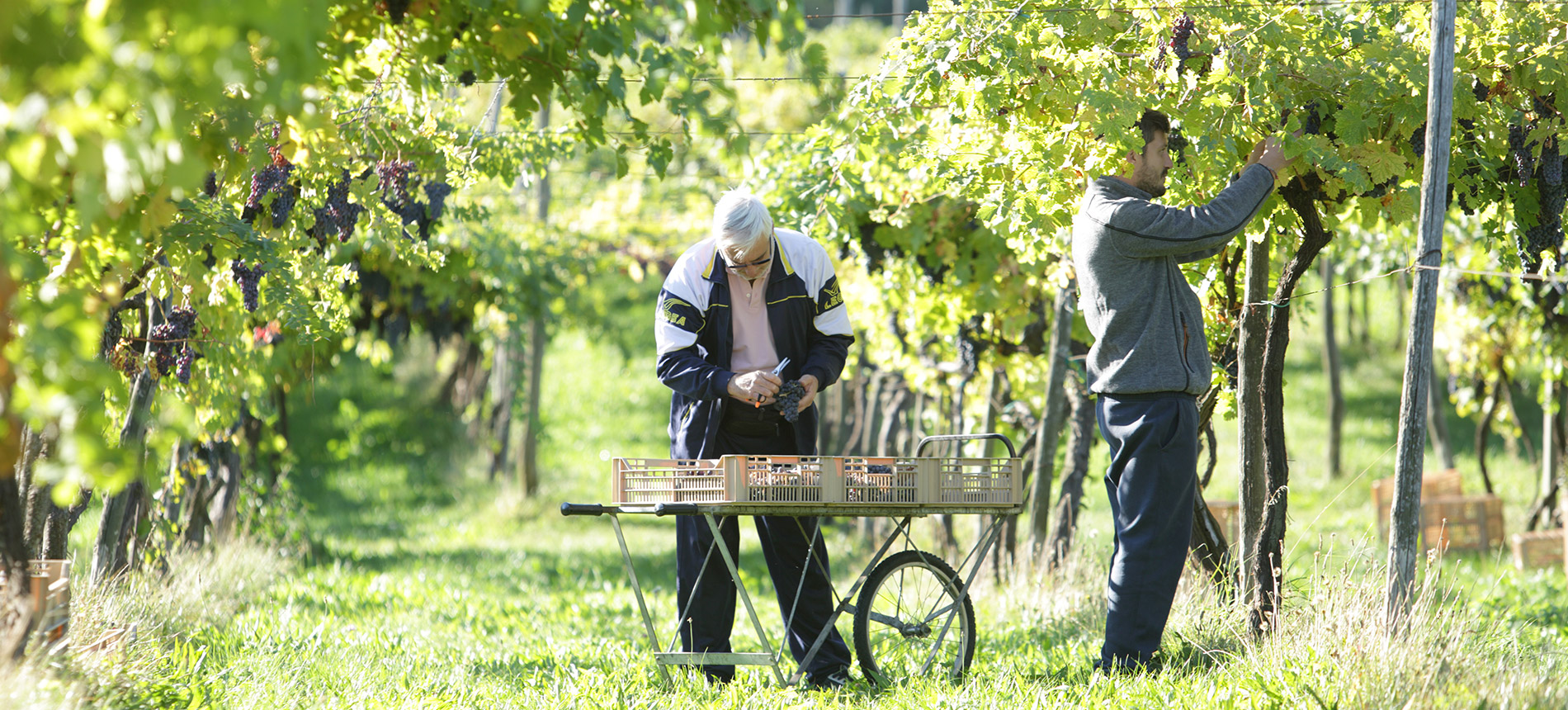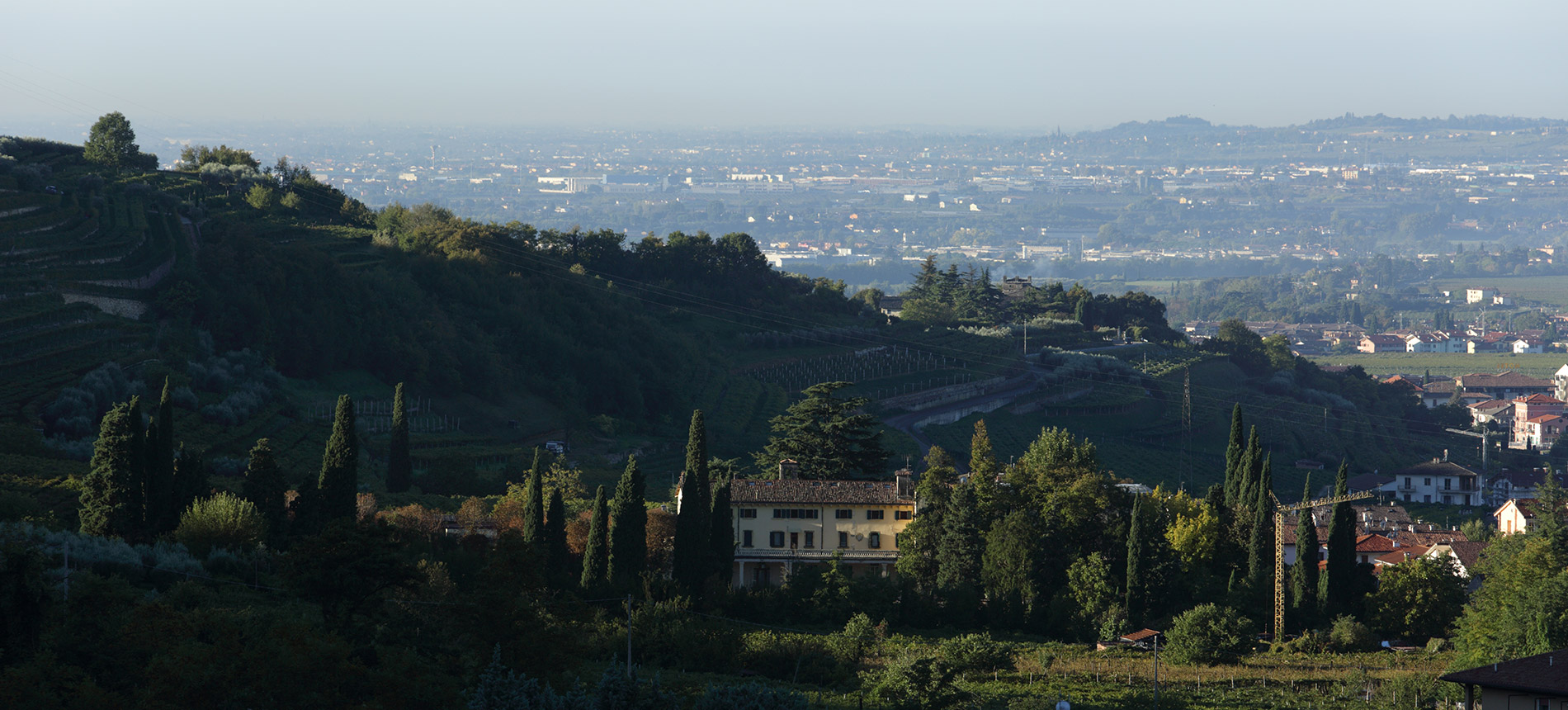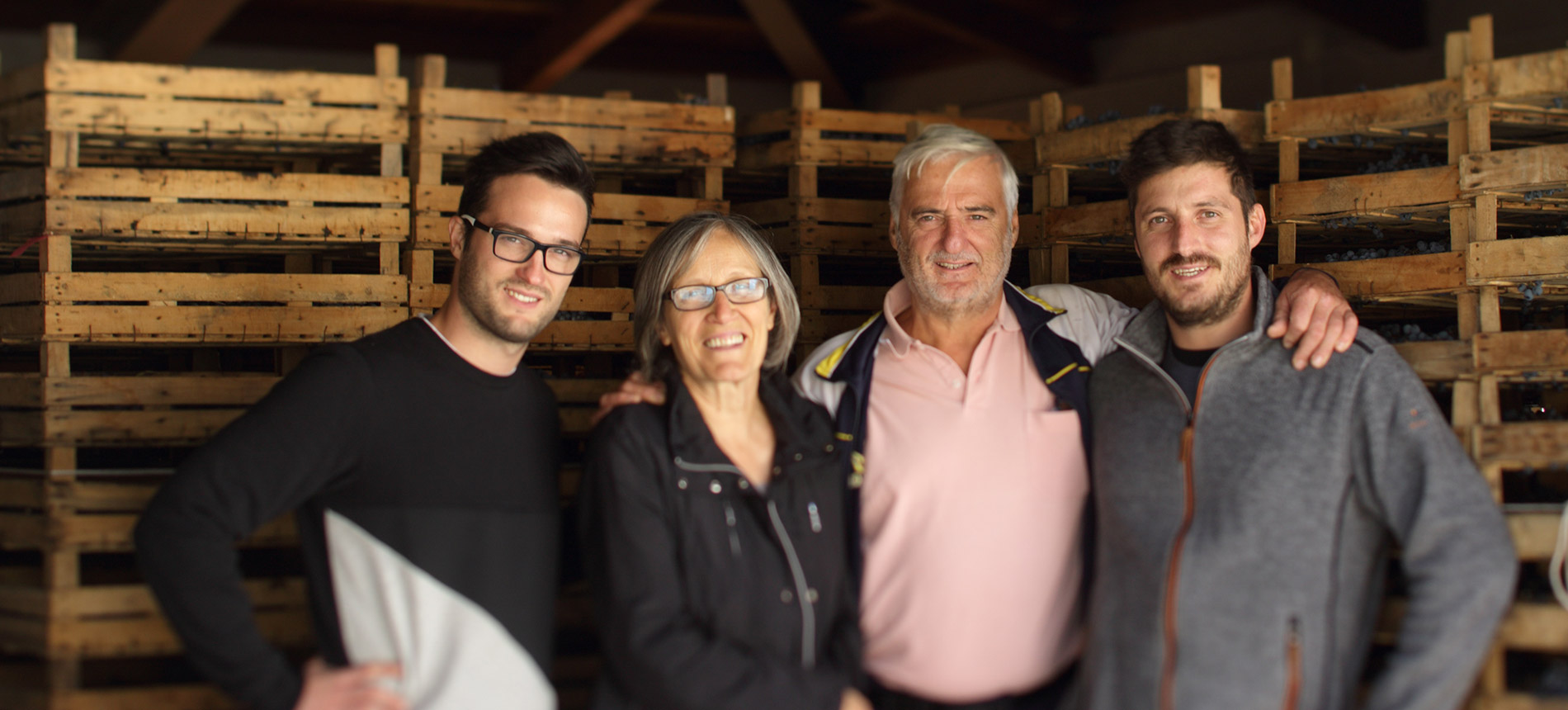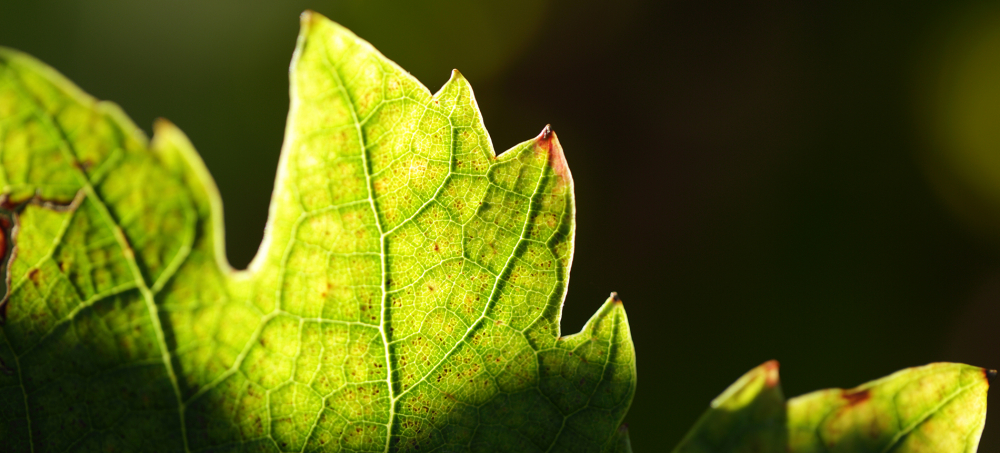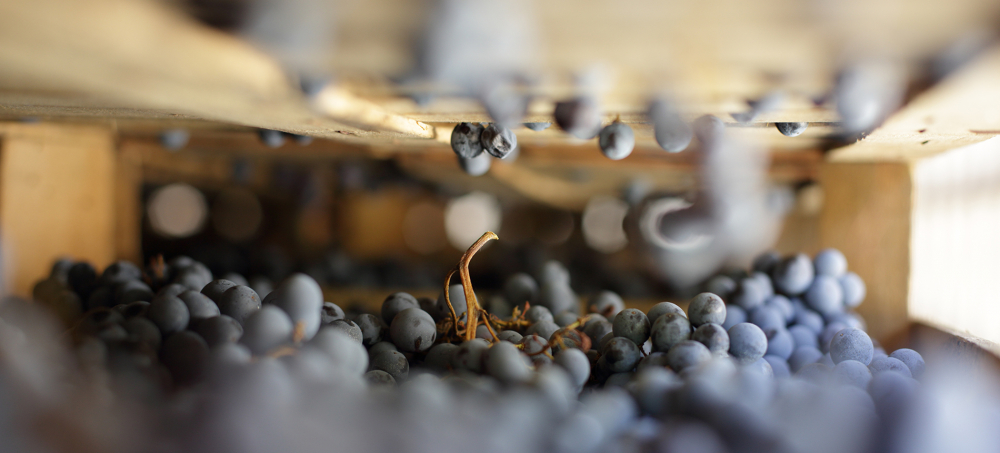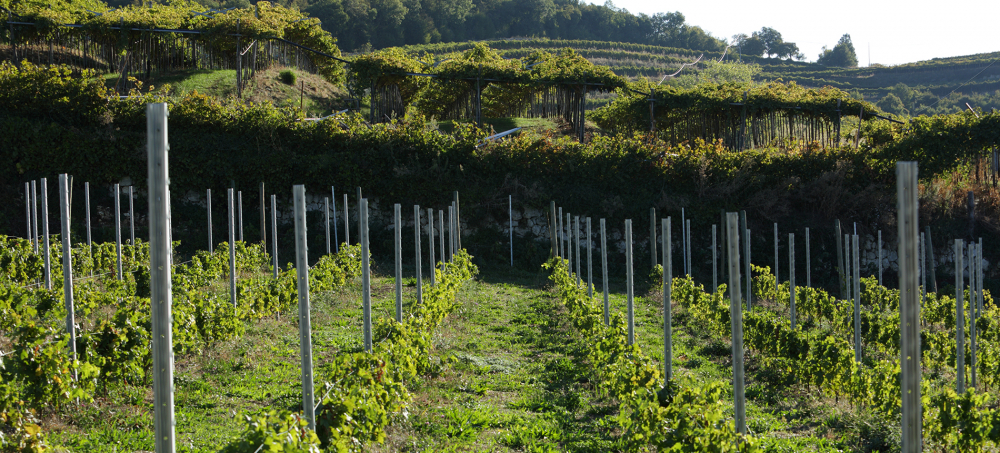The story of the Tommaso Bussola winery began when Tommaso started working at the small estate of his uncle, Giuseppe Bussola. In the early years Tommaso followed in the footsteps of his uncle, making traditional wines in the classic style – which came to be labelled “BG” the initials of his uncle Giuseppe Bussola. His first vinification was in 1983 and in each successive vintage he sought to constantly improve the quality of the wine.
Ten years later, in 1993, in order to keep upping their qualitative game, they completed the construction of their new wine cellar, where stylistically, you can see many throwbacks to Tommaso’s previous career as a stonemason. Along with the new cellar came the introduction of some new barriques which would be used for the new top crus of the new line of TB wines and the single vineyard Vigneto Alto. Soon after, in 1995, Tommaso’s wife, Daniela joined in the adventure, focusing on the office and export markets. Years later in 2006, Tommaso’s son, Paolo, started working full time at the winery and soon began to take over the work in the cellar and become the winemaker as well as also following the work in the vineyard. Tommaso’s younger son, Giuseppe, followed suit in 2008 though Giuseppe works alongside his mother Daniela following the commercial side of the business and exports. Tommaso helps with everything but at this point, his primary focus is on the vineyards.
Throughout the winery’s history, even when Tommaso’s uncle owned the estate, they have always worked the vineyards without the use of chemicals or pesticides – only copper and sulfur. Paolo has been steadily making changes in the vineyard with attention towards the physiology of the plant and has begun following the lunar calendar to better time many of the winery's activities, from pruning to thinning as well as work in the cellar. The vineyard has been certified as sustainable by Siquria, the main organization for sustainable agriculture in Italy.
They have many different vineyards in the vicinity of the winery which range from 280 meters (Vigneto Alto) to 470 meters in elevation (their Collina vineyard). Their soils range from volcanic with some volcanic with basalt rock, to clay with limestone, to what they call in the local dialect scrosar bianco which is a soil formation with limestone sediment intermixed with friable stones and a high mineral content. The vines range in age from the newly replanted Vigneto Alto (in 2020) to the Trappola vineyard which has vines up to 80 years old.
The attention to detail and dedication in the vineyard is evident in the full range of their wines. From the Ca’ del Laito – a Ripasso made from young vines from various crus - all the way to their top Amarone single vineyard, Vigneto Alto, made from 65 to 90 year old vines planted in volcanic soil with decomposing volcanic basalt rocks. Their entry-level wines (though even these have incredible quality and depth) now have white labels, though in the past they had the initials BG on the label. These are the more classic/traditional styled wines. The next tier are the TB wines which are generally made from older vines – these have incredible concentration and length.
Harvest at Bussola typically happens from early September to mid-October. It is done with by hand with meticulous attention, selecting only the best, healthy grapes to go under the appassimento (or drying) process which is three months for the TB Valpolicella, four months for Amarone and up to seven months for the Recioto. For this drying process, they have begun to use the historical, traditional Arele – drying racks made of bamboo and wood. They use these now for the Vigneto Alto and the Recioto TB and they will start to use that process for the Amarone TB. One note: given the recent replating of the Vigneto Alto, it will be some years before that wine is made again, though there are still many vintage in various stages of elevage that have yet to be released!
The Bussolas use predominantly French oak barrels for aging, about 90%. Through practice they’ve found that their preferred sources are Tronçais, Allier and Jupille. The remaining 10% is a mix of Slavonian oak and American oak. Whatever the origin, they insist of a minimum of three years of drying with medium level toast levels which they feel marries best with their wines without overwhelming them with oaky character. For their classic (White Label) wines, they only use second passage oak and botti grandi in order to protect the purity and vivacity of the fruit.
Their Valpolicella Ripasso Ca’ del Laito and their Amarone della Valpolicella Classico are two wines that seriously over-deliver at their price points. They easily hold their own against wines at much higher pricepoints. Their top bottlings, including the Valpolicella TB and the Amarone TB and Vigneto Alto, are dense, powerful wines that show the heights to which their appellation can climb.
